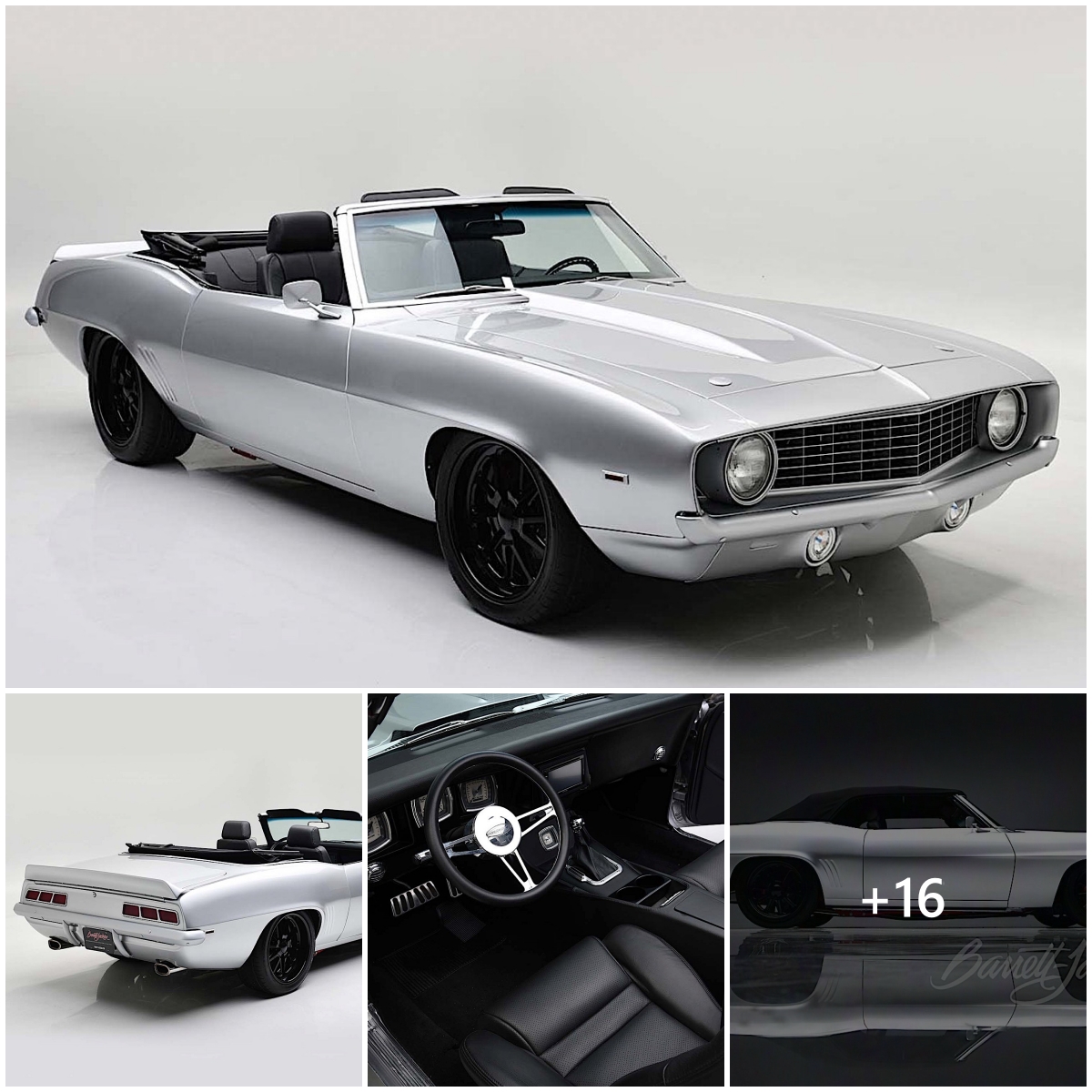Those of us who can’t afford to drop a quarter of a million dollars on a luxury car often presume that the buyers who do exist in this rarefied part of the market have radically different priorities. On many levels, they clearly do—not least the desire to display their affluence so conspicuously. Yet in many other ways they are just like us regular folk, with Aston Martin’s executive chairman, Lawrence Stroll, recently admitting the company’s clunky old infotainment system—based on Mercedes’s archaic last-gen software—was one of the biggest sources of complaint from both buyers and, more importantly, not-quite buyers.
Stroll clearly understood the frustration felt by customers whose minions drove better-featured cars, which is why he ordered Aston to prioritize the development of its own Unix-based system, as well as a touchscreen interface—the Merc-derived one still required a rotary-dial controller. Integrating this new Aston operating system into the DB12 and Vantage was easy enough as the former is a new model and the latter just got a significant refresh, but the DBX was only introduced in 2020 and isn’t yet ready for a second generation. The solution, in time-honored fashion, was a midterm facelift that has barely altered exterior design or mechanical specification, but has given the DBX 707 a complete cabin makeover.
Previously, buyers could choose between the regular 542-hp DBX and the 697-hp DBX 707, but the cheaper version has been dropped, making the $253,000 707 the only model in the range. The only significant external change is the arrival of new door mirrors, which now incorporate cameras for a standard surround-view camera system. The flush-fitting door handles also now motor out when the car is unlocked; previously, they had to be pushed first.
Inside, the 2025 DBX 707 has been given what’s pretty much a full teardown restoration. The dashboard is entirely new, as is the center console, which shares its layout with the DB12 and Vantage. Switchgear flanks the stubby little gear selector, which replaces the old P/R/N/D transmission buttons. The console still has physical controls for temperature, fan speed, and volume—scoring usability points over a purely touchscreen-based interface—plus smaller buttons to toggle various dynamic functions, including adaptive damper stiffness and exhaust loudness. There is also a rotary dynamic mode selector with the engine start/stop button at its center. Sadly, Aston has opted to follow the herd with the use of high-gloss black plastic, which quickly becomes an exhibition of fingerprints.
The much-vaunted touchscreen is not, in truth, worthy of much hype. A 10.3-inch size is small by segment standards, where many rivals now offer what are effectively wall-to-wall displays. The new screen sits at a laidback angle relative to the dashboard, which means it picks up a lot of reflections and slightly foreshortens the display. The new interface delivers the basics in a workmanlike fashion, but despite a set of shortcut icons on one side, moving between some functions requires going in and out of the home screen each time, which felt irksome when running Apple CarPlay. But it is still much better than the old system.
The rest of the DBX 707 is close to unaltered. Aston’s engineers say that the steering assistance has been made lighter in GT mode, the active exhaust has been recalibrated to bring more muscular noise at low revs, and the software controlling the car’s various active systems has been tweaked so that intervention arrives more subtly. But the AMG-sourced twin-turbocharged 4.0-liter V-8 and the rest of the mechanical hardware is unaltered.
Performance remains defined by the engine’s mighty 663-lb-ft torque peak and the way it delivers effortless acceleration; it really doesn’t matter that the nine-speed automatic gearbox is sometimes slightly hesitant in kicking down. As in its AMG applications, the transmission uses a wet clutch rather than a torque converter, which sometimes gives a slightly abrupt launch when you’re trying for a gentle start. The low-speed ride on our car’s vast 23-inch wheels still feels lumpy over urban bumps, but it settles down with speed. The DBX 707 requires a minimal sacrifice of comfort and refinement for its huge performance.
The DBX 707 is still large and heavy, Aston’s claimed 4950-pound curb weight corresponding almost exactly to that of two Mazda Miatas. The mass is obvious when asking it to change direction, especially in tighter corners. A standard electronically controlled limited-slip rear differential with brake-based torque vectoring helps to fight understeer, but the dynamic difference between Aston’s lower and lighter sports cars remains obvious.
But comparing the DBX 707 to its sleeker siblings misses the point—ultra-performance SUVs are aimed at a different part of the market. One in which this monstrous Aston Martin still feels like a class act.










